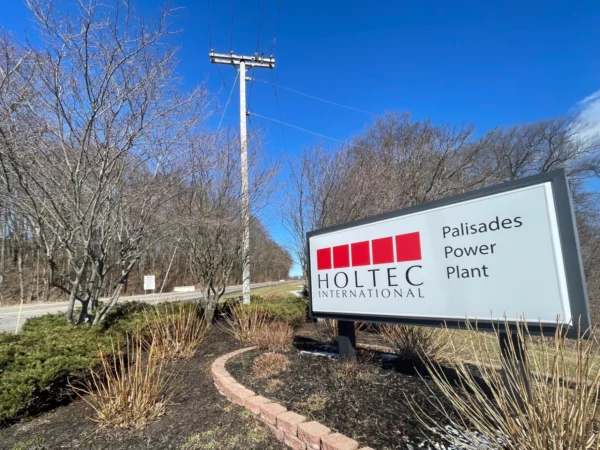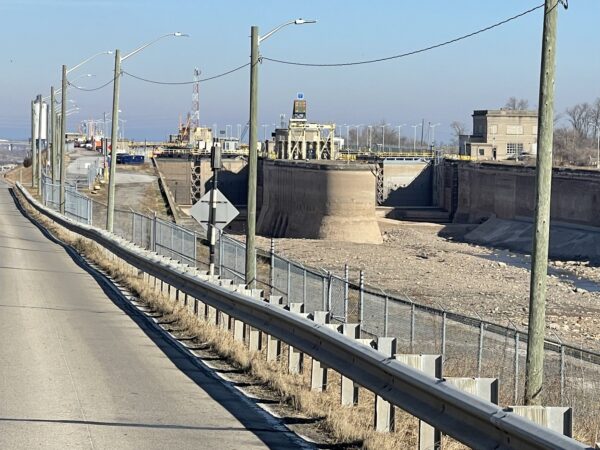
This lesson will explore a variety of topics related to food waste. They’ll gain insights into the reality of food waste, research efforts in their local communities to combat it, and conduct an experiment to investigate the impact of food storage methods on food waste.
- Know current statistics and facts about food waste
- Understand how different food storage methods preserve food or accelerate waste
- Be able to identify efforts in the local community to address the problem of food waste
View the entire lesson plan including teacher background information, worksheets and more below or download for free here.
Activity 1:
This activity is a video discussion of a Great Lakes Now segment featuring a Cleveland organization’s effort to fight food waste.. During the video they need to jot down four things they took away from the video using the 4 Notes Summary Protocol.
Watch a Great Lakes Now Segment
Activity 2:
In this activity, students will read about initiatives like Circular Cleveland that are promoting a circular economy to create jobs, reduce waste, and improve the environment by advocating for policies that encourage sustainable practices like reuse, recycling, and remanufacturing at the state and national level.
Read about Cleveland’s Circular Economy
Activity 3:
The purpose of this multi-week activity is to investigate efforts in the local community to address food waste. This is an open-ended research project and does not have specific parameters for students to follow in researching the issue or reporting their findings. The overarching requirements are that the students find out what’s going on in their local communities and devise a way to share what they learned with others.
Researching Food Waste Initiatives
Activity 4:
One way to limit food waste is to plan meals so that you use up as much of the ingredients as possible when you cook, and minimize the leftover food. In chemistry, this same principle applies to chemical reactions. The purpose of this experiment is to teach students about the concept of limiting reactants in a chemical reaction by using a baking activity with food ingredients to model stoichiometry. To allow this recipe to be done in any setting, this baking activity will involve a no-bake cookie recipe.
Baking with Limited Ingredients
Activity 5:
The purpose of this multi-day experiment is to investigate the effects of different storage methods on the rate of food spoilage, simulating real-world scenarios to understand how proper storage can reduce food waste.
Investigating Food Storage Methods
Learn all about Episode 2306: A Better Future on this month’s landing page.
If you use this lesson or any of its activities with your learners, we’d love to hear about it! Contact us with any feedback or questions at: GreatLakesNow@DPTV.org




